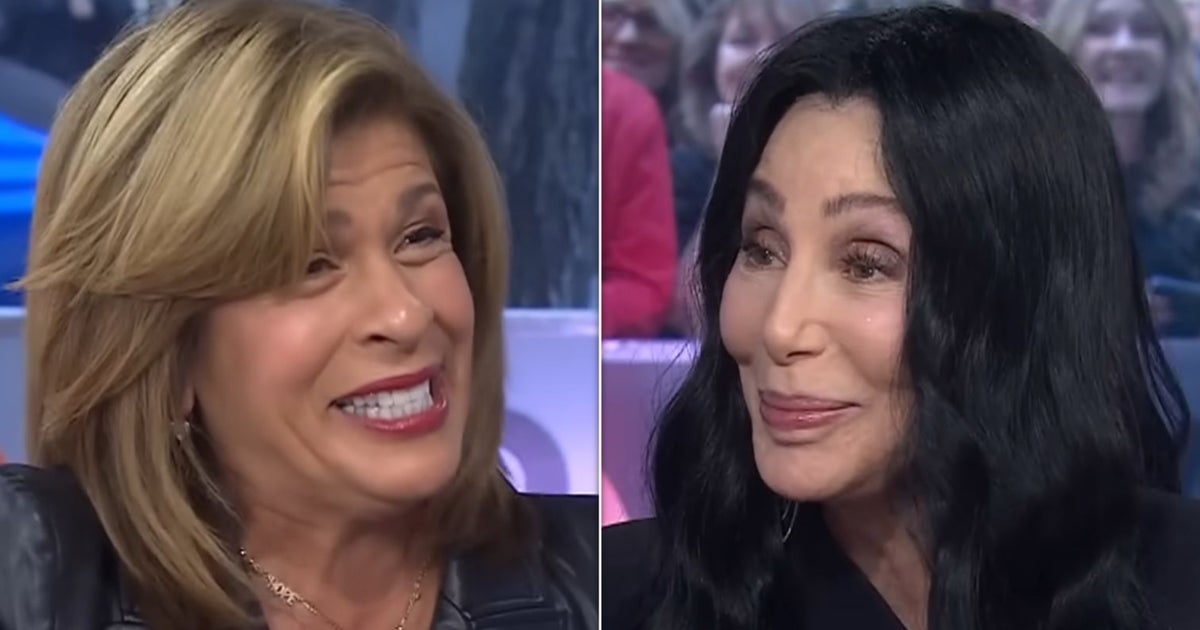World
Solving the true age of Cassius, the world’s largest captive crocodile who died last week

Researchers are trying to determine the true age of the world’s largest saltwater crocodile in captivity, who died on the weekend.
Cassius, a Guinness World Record holder thought to be at least 110 years old, died at Marineland Melanesia on Green Island, just off Cairns, where he lived since 1987.
The exact cause of his death is unknown but could likely be attributed to old age. Cassius died mere weeks after his decades-long best mate and the owner of Marineland Melanesia, George Craig, left the island and moved into aged care on the mainland.
Craig’s grandson Toody Scott said “it’s easy for us to assume” there was an element of stress involved, with the pair sharing a close bond.
“It was just a matter of weeks [after Craig left the island] and Cassius started refusing food, and two weeks later we found him unresponsive,” he said, explaining that the iconic croc went into “a very quick decline”.
“Thirty-seven years of living together and a matter of weeks of separation and we lose one of them.”
Cassius was captured by croc researchers Graham Webb and Charlie Manolis in the Finniss River, just south of Darwin in the Northern Territory in 1987.
After a brief stint at a cattle property, Craig travelled thousands of kilometres and relocated Cassius to Green Island, where he had lived ever since.
A necropsy has been carried out on Cassius, with researchers hoping to determine his true age – which has always been estimated – and learn more about the reptile in the process.
Scott said that by just looking at Cassius you could tell he was very old – with some saying he looked “just like a dinosaur”.
“It was just that immense size,” he said. Cassius measured 5.48 metres long and weighed over one tonne.
“What they’re looking at was just the closest thing that they could get to a living dinosaur. He just looked ancient.”
The rings on a sample of Cassius’ femur bone will be counted to try to determine his age, similar to that of tree rings. A sample has also been taken from each major organ, and his skin and head have been preserved.
There is no set timeframe for when the results might become available.
Scott said Cassius was always “very different” from the other crocodiles at Green Island, having raised a hatchling crocodile for 14 years – “which is just unheard of for crocs”.
Usually, crocodile eggs are removed from the nest inside enclosures so the male crocs do not eat them. But in the 1990s, Craig accidentally left one behind.
“It hatched out, and then we found a little crocodile sitting on [Cassius’] head in the morning,” Scott said.
Craig threw little bits of mince to the hatchling – named Xena after the Warrior Princess – but decided to leave her with Cassius, who raised her for 14 years.
Scott explained how Cassius would save bits of food in his mouth as he was feeding, taking it over and giving it to Xena.
“That hasn’t been documented before, [this] kind of behaviour,” he said.
Cassius was beloved by those who visited him at Marineland Melanesia over the decades, and Scott said condolence messages had been flowing from around the world.
He said the centre would focus on continuing the giant croc’s legacy.
“We’re looking at different techniques of preservation … so people can get up a little bit closer to him than what they previously could.”
The world’s oldest known crocodile, named Henry, resides at the Crocworld Conservation Center in South Africa and is set to turn 124 this December.








